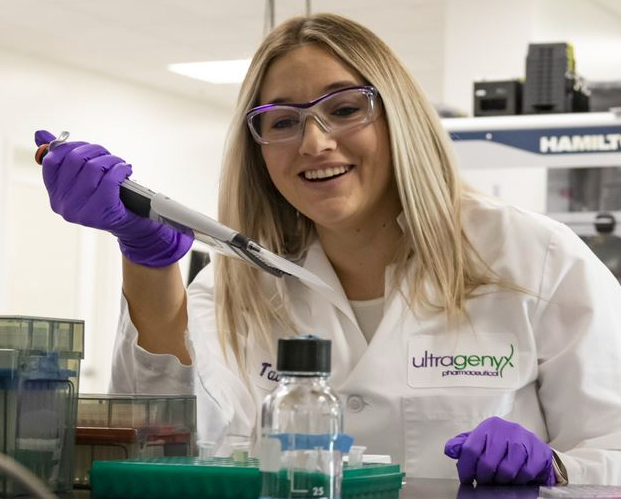Regulatory setback for one biotech contrasts with a major success in sleep disorder treatment, underscoring the high stakes in clinical development
Regulatory setback for one biotech contrasts with a major success in sleep disorder treatment, underscoring the high stakes in clinical development

A tale of two biotech stories emerged today: one of regulatory disappointment, the other of triumph. UltraGeneX saw its application for a gene therapy declined by the U.S. Food and Drug Administration, yet Takeda celebrated positive Phase III results for its investigational treatment for narcolepsy. These developments reflect both the promise and peril inherent in bringing advanced therapies forward.
Regulation Roadblock for UltraGeneX
UltraGeneX had submitted a Biologics License Application (BLA) for its gene therapy aimed at treating a rare neuromuscular disorder. The therapy had shown encouraging early-phase results, including improvements in muscle strength and favorable safety signals in its Phase II study. However, the FDA raised concerns over the durability of effect, long-term safety data, and manufacturing consistency.
In its decision, the agency noted that while the therapy met preliminary endpoints, the evidence was insufficient to demonstrate sustained benefit. Additional data were requested, including more extensive follow-up on adverse events, more subjects to ensure statistical power in less common but serious side effects, and stronger manufacturing quality controls. UltraGeneX will now need to gather and present these data before re-submission.
For patients and their families, the rejection is a significant setback. Many had looked to this therapy as a potential game changer. But regulatory processes demand rigorous proof, especially when therapies carry elevated risks or rely on complex delivery and expression systems.
Takeda’s Win in Narcolepsy Treatment
In contrast, Takeda unveiled results from its Phase III trial for a new treatment designed to address the symptoms of narcolepsy, particularly excessive daytime sleepiness and cataplexy. The trial met its primary endpoints with a statistically and clinically significant reduction in daytime sleepiness scores, as well as secondary endpoints showing reduced cataplexy episodes and improved patient-reported quality of life.
Importantly, the safety profile was acceptable. Adverse events were generally mild to moderate, including common symptoms of nausea and transient headache. There were no serious safety concerns identified in the trial that would prevent further development. The study enrolled a broad patient population, and the effect appeared consistent across subgroups.
Takeda intends to file for regulatory approval later this year, pending full data that confirm consistency and safety over longer exposure periods. If approved, the drug could become a significant new option for narcolepsy patients, particularly those who have not fully responded to existing treatments or who struggle with side effects from current therapies.
Implications for the Clinical & Biotech Landscape
These two stories, coming on the same day, highlight several broader lessons for biotech and clinical research.
While UltraGeneX works to shore up its data and try again, Takeda’s advancement offers hope to many. As always, final regulatory decisions and longer-term follow up will tell whether these stories become lasting advances or cautionary tales.
Keep in touch with our news & offers